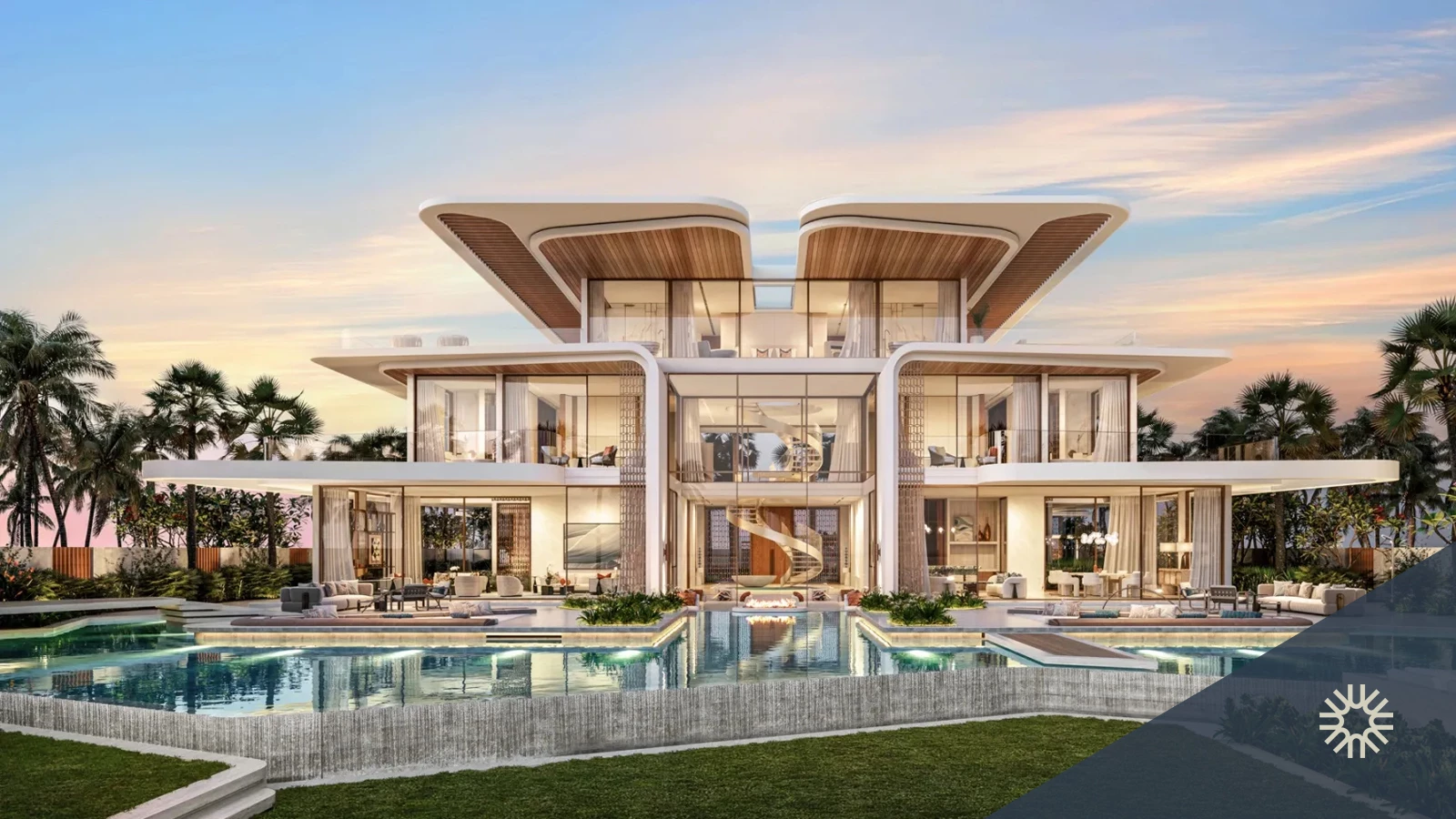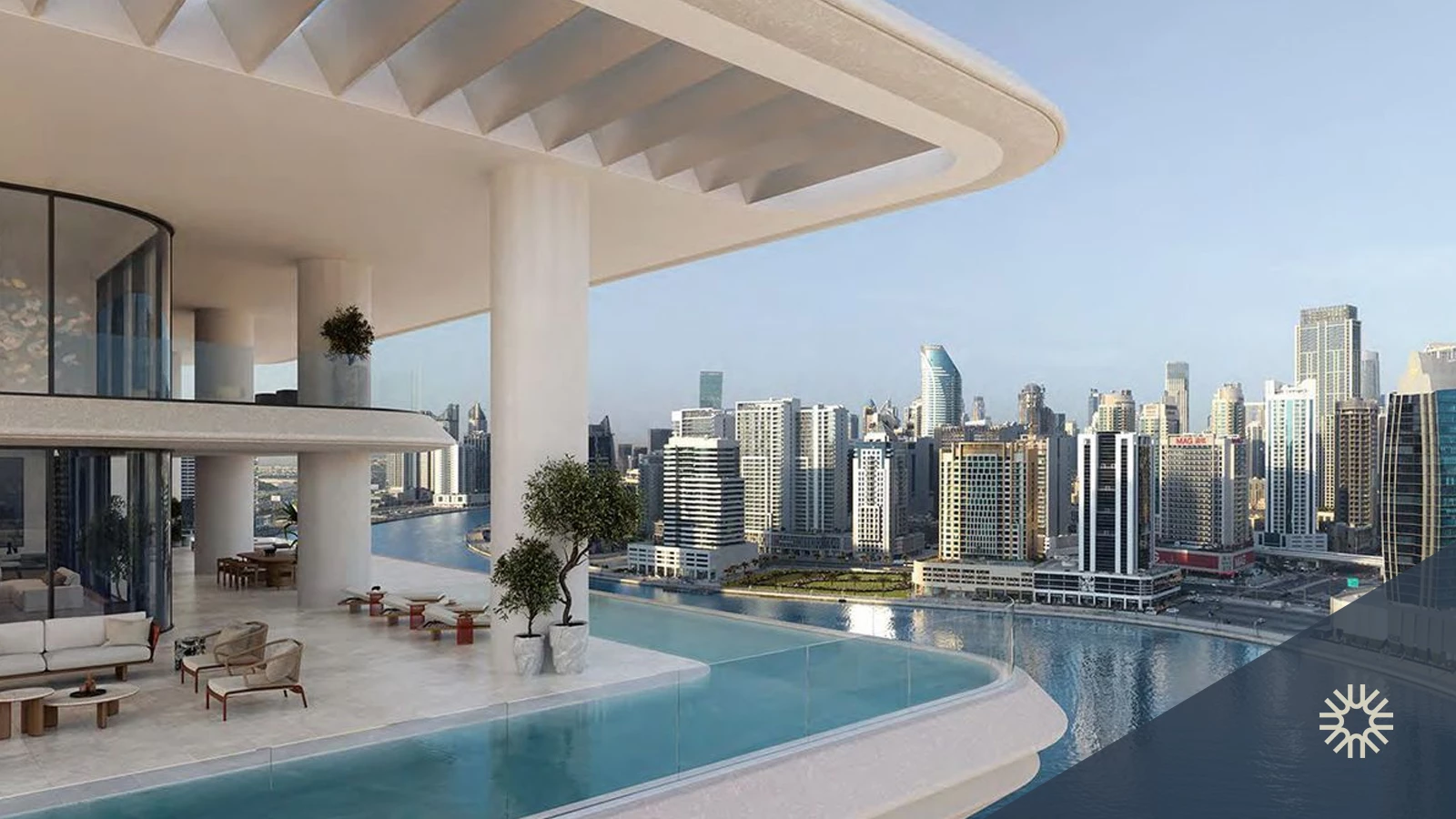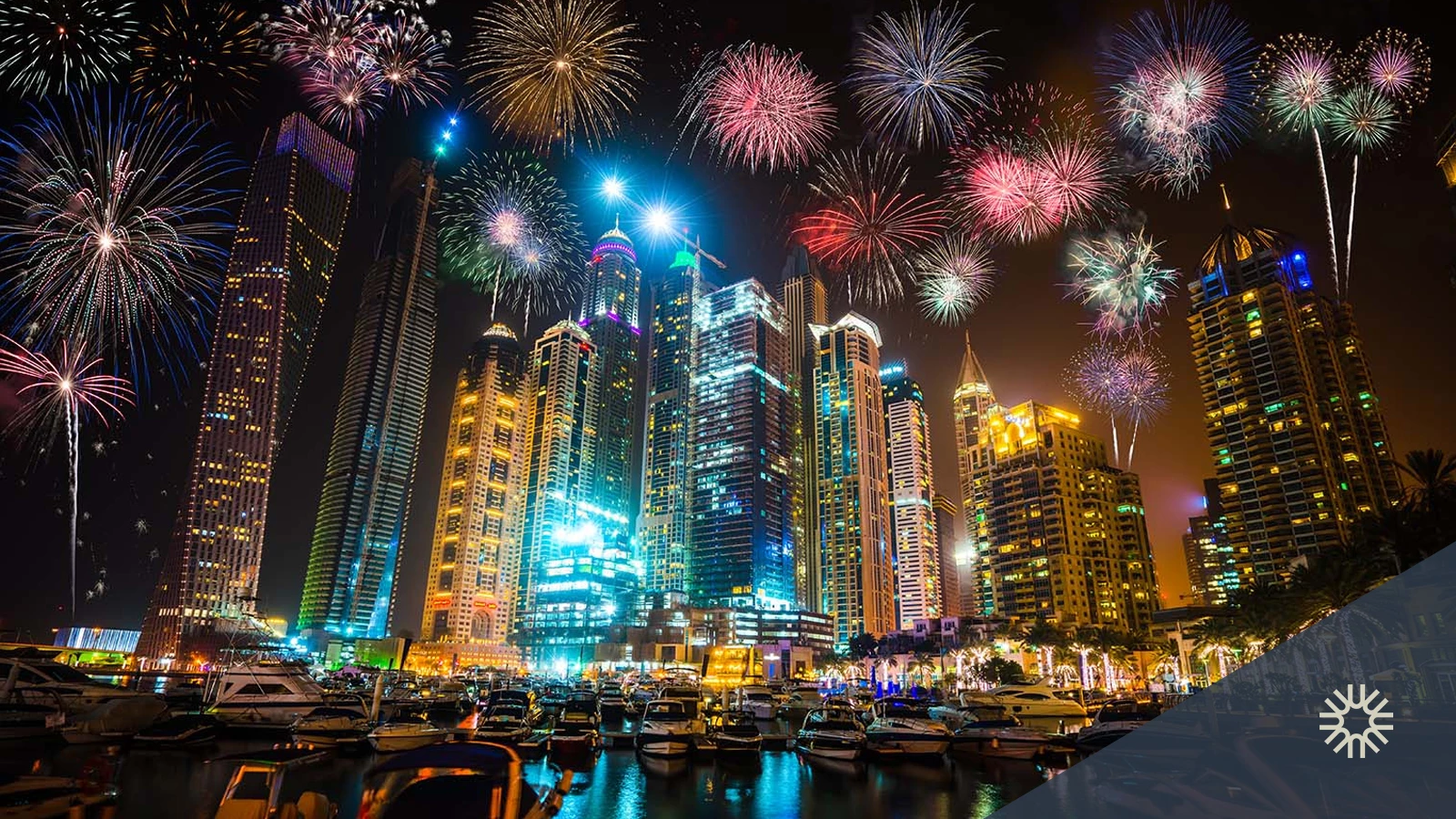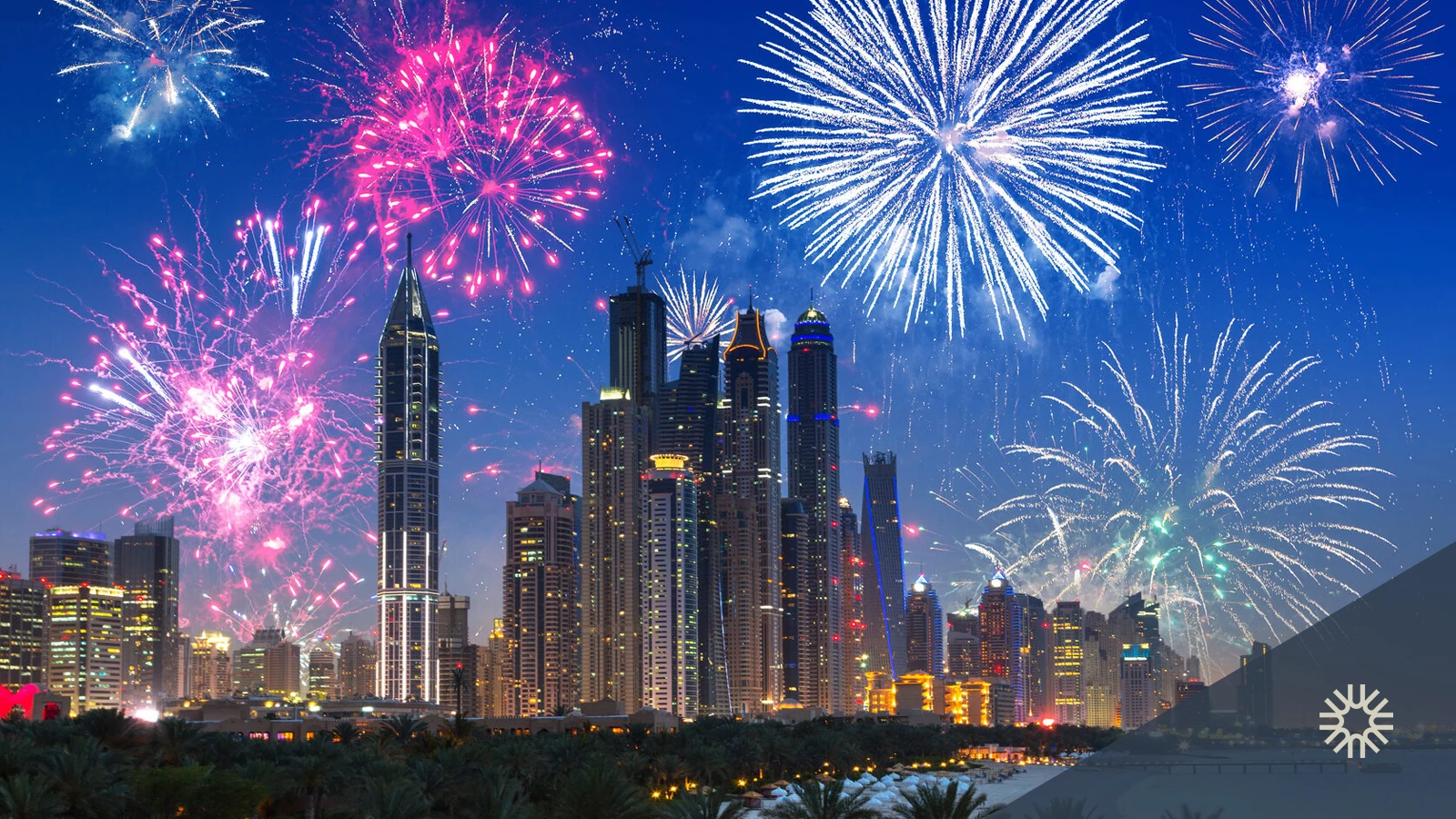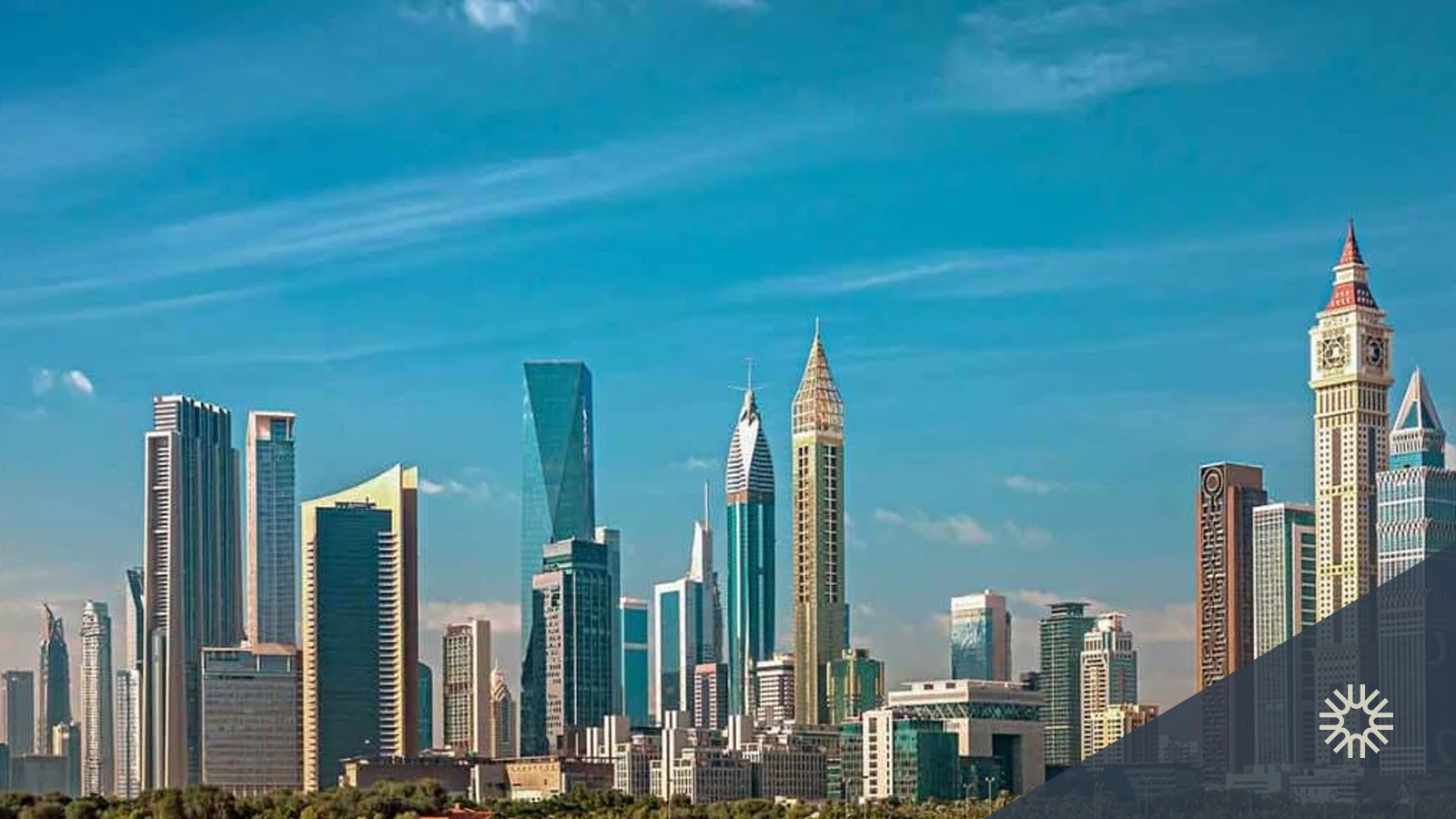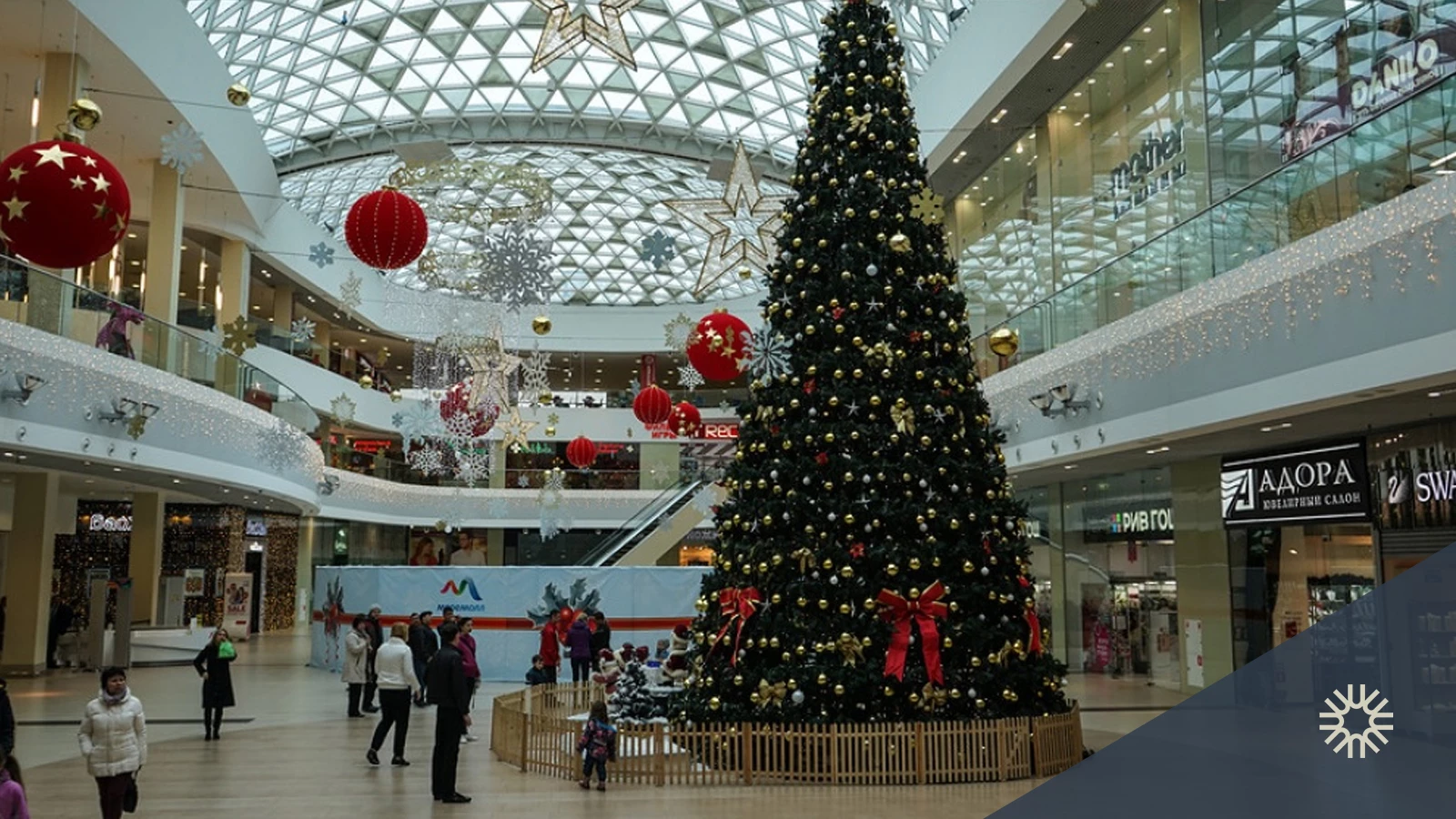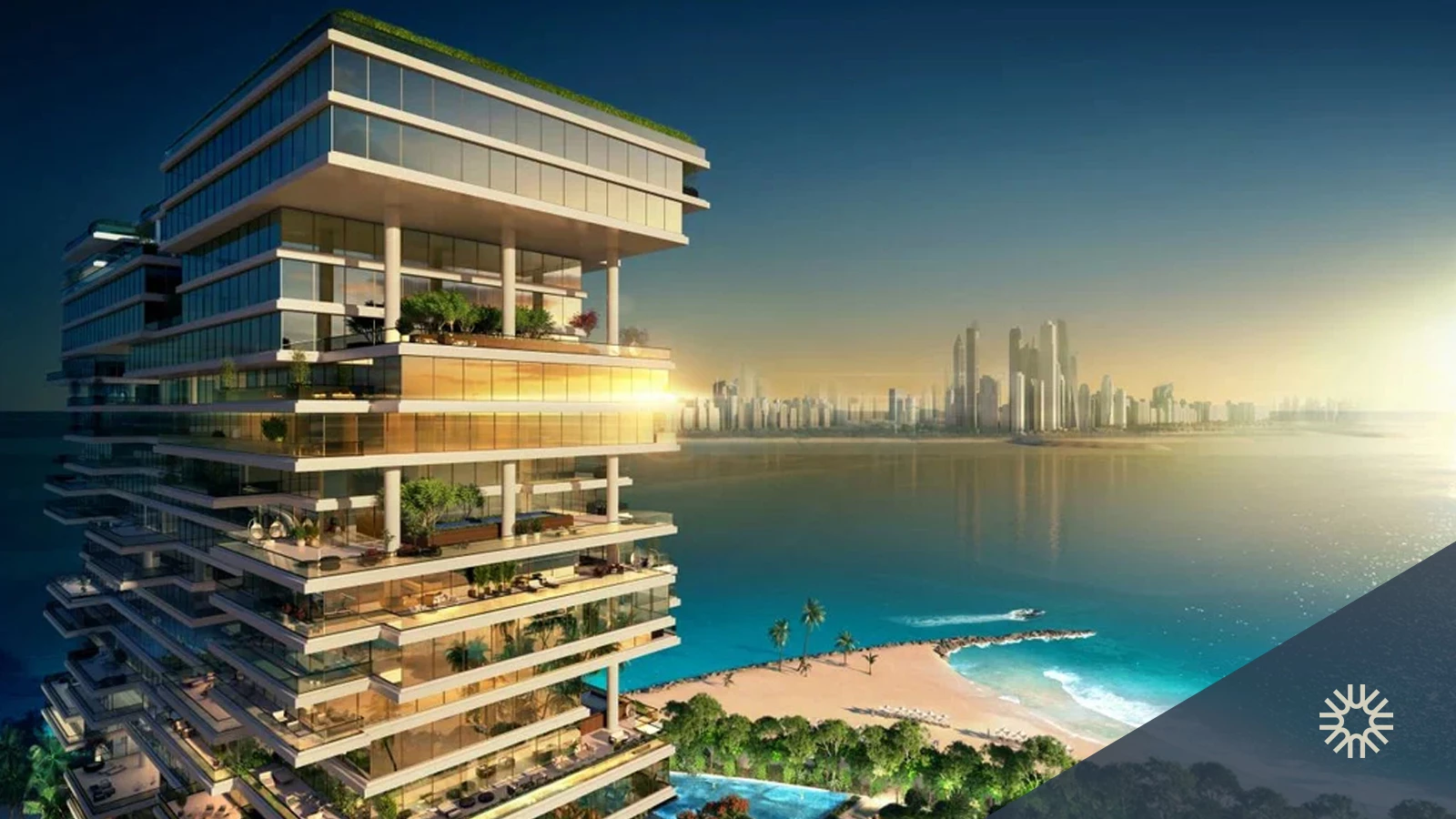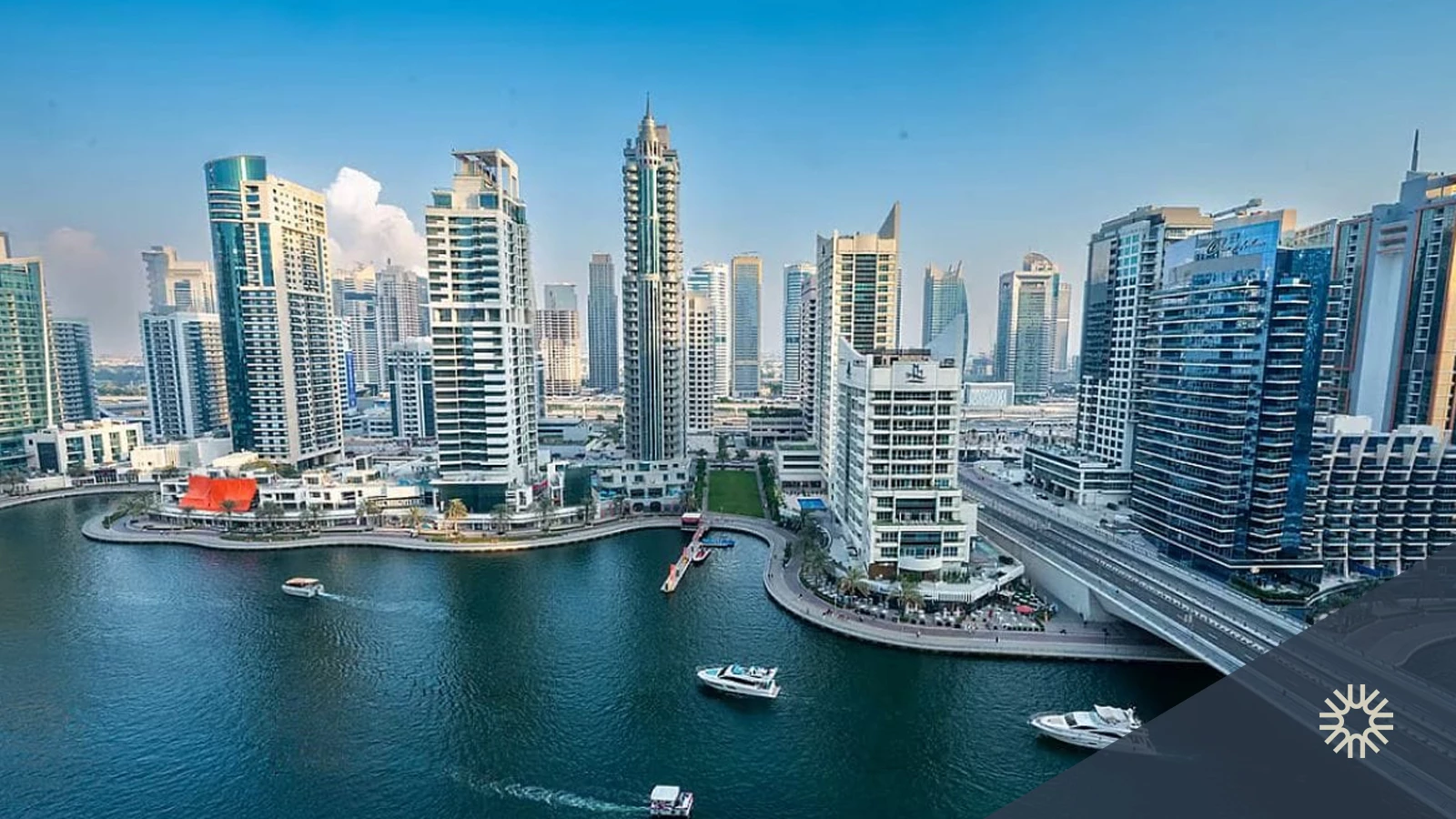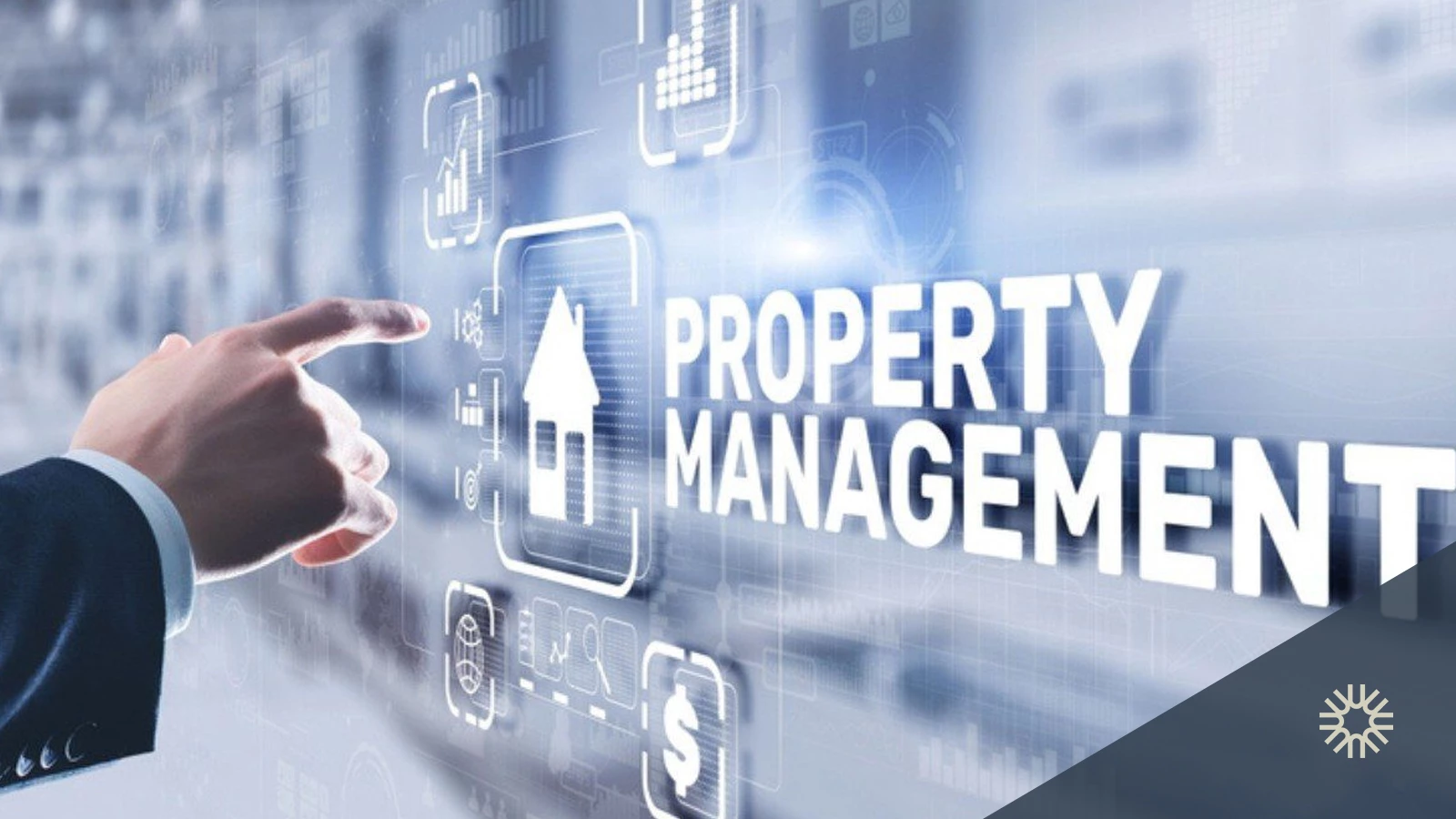Why Dubai’s Cultural Districts Will Redefine Real Estate Value in 2026
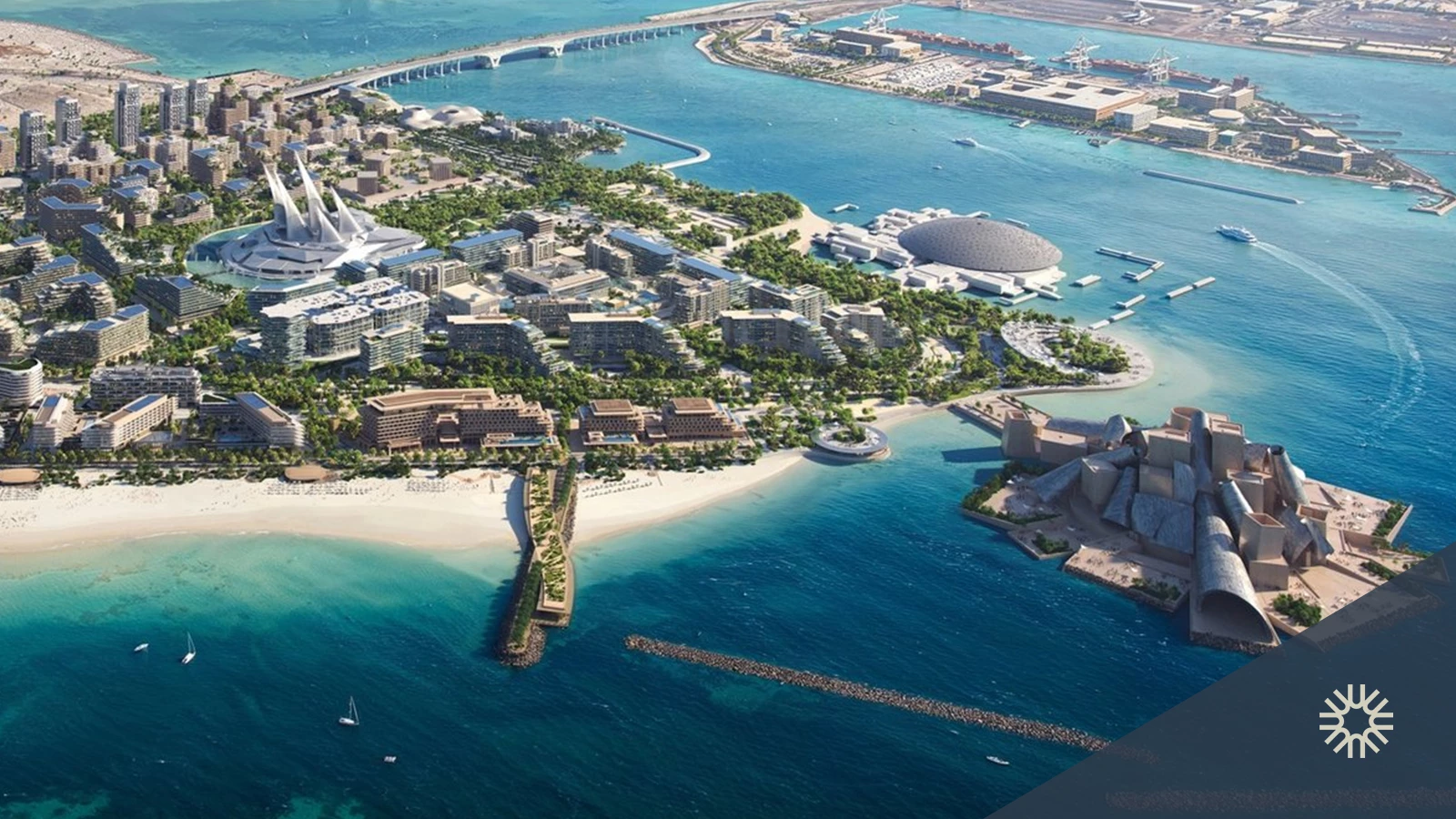
When most people think of Dubai’s real estate, the conversation circles around luxury towers, waterfront living, and investment yields. But by 2026, another factor is set to reshape how value is understood: cultural districts. These creative hubs, where art, heritage, design, and community collide, are redefining what makes a property desirable.
At Unique Properties, we believe these districts represent not just a lifestyle trend, but a new lens through which investors, buyers, and developers must evaluate real estate value.
Culture as the New Currency of Real Estate
In the past, infrastructure meant roads, metro lines, and utilities. Today, culture itself is a form of infrastructure. Museums, art galleries, theaters, and creative studios generate a magnetic pull that attracts residents, visitors, and entrepreneurs alike. This cultural “infrastructure” creates a cycle: vibrant communities fuel foot traffic, which boosts retail demand, which in turn drives property appreciation.
Take Al Quoz Creative Zone, once industrial, now one of Dubai’s most promising cultural areas. The transformation is a clear signal of how artistic and cultural hubs can redefine perception and value. What was once purely functional land now commands growing interest from both investors and residents seeking lifestyle alongside real estate.
Buyers Who Seek More Than Square Footage
Today’s buyers, especially younger generations and international investors want more than just a view or a prime location. They are seeking experience. They want access to art walks, performance spaces, boutique dining, and interactive public art installations. Cultural districts provide exactly that.
According to Bayut’s Dubai Sales Market Report 2024, demand was strongest in communities offering lifestyle amenities beyond basic housing. Buyers were drawn not just to property specifications, but to neighborhoods that promise vibrant, lived experiences. This signals a clear shift: real estate value is increasingly tied to cultural and social infrastructure.
When Scarcity Meets Neighborhood Identity
Real estate value often hinges on two things: scarcity and identity. Cultural districts naturally combine both. Unlike sprawling residential zones, these areas are built around curated spaces, heritage sites, art hubs, and creative studios that cannot simply be replicated elsewhere.
This creates scarcity, which in turn enhances identity. A cultural district feels distinct the moment you enter it. That uniqueness becomes a premium that buyers are willing to pay for. At Unique Properties, we’ve consistently observed that properties near cultural landmarks whether art centers or heritage waterfronts tend to hold their value longer, even during market shifts.
Creative Living and the Rise of Hybrid Spaces
The global demand for live-work flexibility has reached Dubai, and cultural districts are the natural answer. They support a hybrid lifestyle, where residents can live, work, and create in the same neighborhood.
Think of compact studios next to co-working hubs, loft apartments beside art galleries, or residences that double as creative spaces. Property Finder even highlights neighborhoods popular among art enthusiasts, noting a growing search trend for communities with proximity to galleries and cultural venues. This is strong evidence that demand is shifting toward properties that blur the line between lifestyle and investment.
Cultural Anchors as Market Stabilizers
Dubai’s property market, like all global markets, moves in cycles. Luxury segments can surge and soften; rents can fluctuate. Yet cultural districts often show stronger resilience. Why? Because demand is rooted in something deeper than speculation on ongoing cultural engagement. Festivals, exhibitions, and creative events keep communities alive year-round, driving steady foot traffic and sustained interest.
For investors, this suggests cultural districts can act as safer long-term bets in an evolving market. At Unique Properties, we’ve seen that areas anchored by cultural and lifestyle amenities tend to weather market volatility better, making them attractive for both end-users and investors with a long-term view.
Policies That Turn Culture Into Capital
Government support is another critical factor. Dubai’s Al Quoz Creative Zone is a prime example of how regulation and planning formalize cultural hubs. With zoning that encourages studios, galleries, and cultural spaces, and residency initiatives that attract creative professionals, the city is actively positioning culture as a driver of economic value.
Unique Properties sees this alignment between cultural policy and real estate as a major opportunity. When regulations favor creative industries, surrounding properties almost always see a surge in both demand and long-term appreciation.
What to Consider Before Investing in Cultural Districts
Core vs. Fringe: Finding the Sweet Spot
Buying at the heart of a cultural district commands a premium, but fringe areas often offer better long-term upside as the district expands.
Amenities That Make or Break Value
Culture alone isn’t enough. A neighborhood must combine galleries and studios with dining, green space, transport, and retail to sustain demand.
Understanding the Regulatory Landscape
Zoning, licensing, and visa incentives shape the ease of running creative businesses. Districts with supportive regulations see faster value appreciation.
Why Limited Supply Creates Long-Term Demand
Cultural zones often have fewer development opportunities, meaning scarcity becomes built-in. That scarcity fuels long-term growth.
Matching Your Goals With Cultural District Potential
For capital appreciation, cultural districts are ideal over a 5–10 year horizon. For rental yield, ensure your property type aligns with demand from creatives, freelancers, or short-term renters.
The Unique Properties Viewpoint
At Unique Properties, we see cultural districts as Dubai’s next frontier. Properties in these areas combine lifestyle, resilience, and prestige in ways other neighborhoods cannot. We advise clients to look beyond square footage and consider cultural proximity, creative infrastructure, and the intangible sense of place when evaluating investments.
Where the Next Creative Hotspots Could Emerge
Al Quoz Creative Zone – industrial roots transforming into cultural gold.
Culture Village / Jaddaf Waterfront – planned to mix residential living with cultural venues.
Dubai Creek’s cultural edges – with new public art and walkable heritage spaces.
Fringe zones of Downtown and Business Bay – where lifestyle and culture intersect.
Conclusion
Dubai’s cultural districts are no longer secondary to luxury towers; they are becoming the new measure of value. By 2026, these areas will shape not only how people live, but how investors calculate long-term worth. Culture is not just lifestyle, it is capital.
If you want to explore opportunities in these transformative neighborhoods, our team at Unique Properties is here to guide you. Discover our property listings, explore our area guides, or connect directly with our advisors to learn more.
Ready to secure your future in Dubai?
Explore the best real estate property in Dubai, discover real estate property for sale in Dubai, or Book a Consultation with our experts today.
Table Of Content
- Culture as the New Currency of Real Estate
- Buyers Who Seek More Than Square Footage
- When Scarcity Meets Neighborhood Identity
- Creative Living and the Rise of Hybrid Spaces
- Cultural Anchors as Market Stabilizers
- Policies That Turn Culture Into Capital
- What to Consider Before Investing in Cultural Districts
- The Unique Properties Viewpoint
- Where the Next Creative Hotspots Could Emerge
- Conclusion
- Culture as the New Currency of Real Estate
- Buyers Who Seek More Than Square Footage
- When Scarcity Meets Neighborhood Identity
- Creative Living and the Rise of Hybrid Spaces
- Cultural Anchors as Market Stabilizers
- Policies That Turn Culture Into Capital
- What to Consider Before Investing in Cultural Districts
- The Unique Properties Viewpoint
- Where the Next Creative Hotspots Could Emerge
- Conclusion
